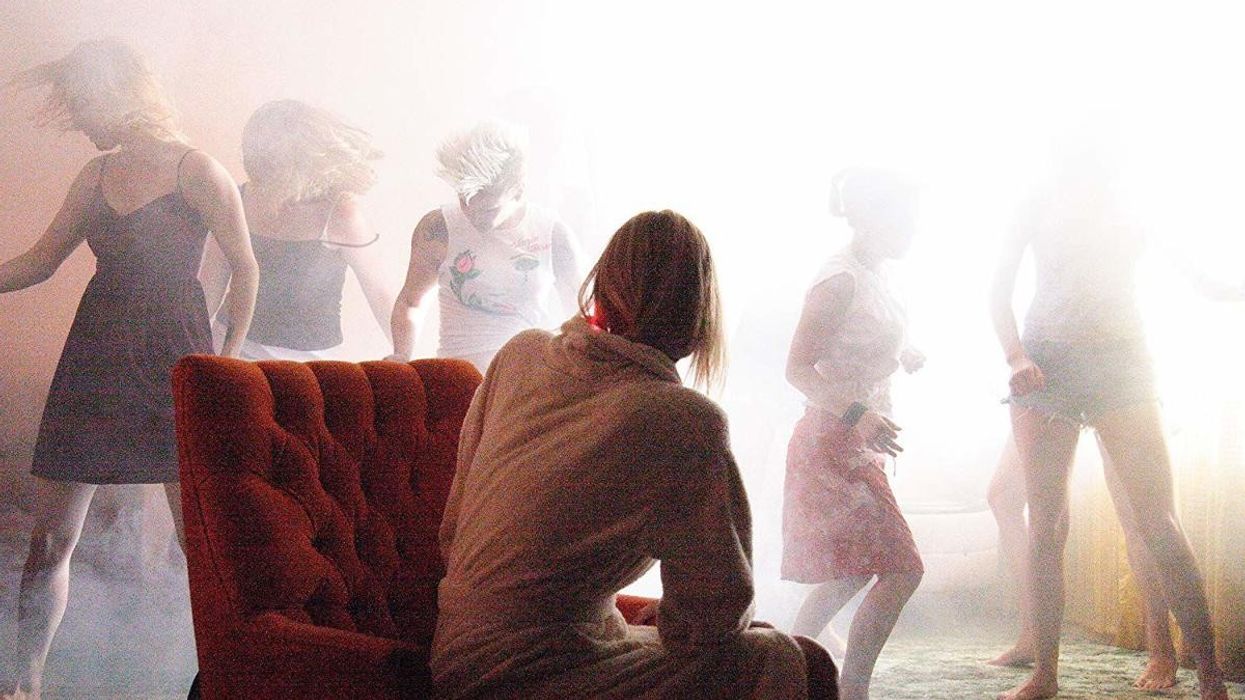David Lynch Knows 'Inland Empire' Is Ugly, So He’s Remastering the Film
Sometimes, technology can be extremely limiting. It can also evolve and help you recapture your vision.

David Lynch’s phantasmagoric psychological epicInland Empire is arguably the filmmaker’s most challenging and complicated work to date. Starring Laura Dern as an actress landing a highly coveted role, the actress begins to take on the personality of a character she plays in a supposedly cursed film production.
The film’s free form and vague narrative proved to be years ahead of its time, but Lynch finds it challenging to return to Inland Empire for a specific reason.
When asked in an interview with AV Clubabout revisiting Inland Empire before the remastering experience, Lynch explains that he only rewatched the film once but “became so depressed because [he] was watching a DVD and some scenes were so dark [he] couldn’t see them.”
Lynch originally captured Inland Empire on standard definition with a hand-held Sony PD-150 quality that was up-resed. Lynch was originally attached to using the Sony PD-150 because it opened new doors to the possibilities of filmmaking that he didn’t have with regular film cameras.
“[T]he Sony PD-150, number one it gave me some ideas maybe that way because its freedom–freedom. Long, long takes, lightweight, hold it yourself, automatic focus, it was a brand new ballgame,” Lynch said.
While the hand-held camera gave Lynch the freedom he needed to navigate the film’s production with an uncompleted script, he was unable to capture his vision perfectly. Since the film’s release, new technologies have been released to help filmmakers recapture their initial vision that was unable to be obtained due to limitations of the time.
“[T]ime passes and now there’s this thing with AI, where the computer looks at it with a new kind of intelligence, and it can make a silk purse out of a sow’s ear. It is incredible,” Lynch said. “And it’s just the beginning, it’s just the beginning. So it doesn't really matter in a strange way what you start with. In the future, the manipulation you can do will be incredible.”
With Lynch supervising the complicated process of remasting Inland Empire with distributor Janus FIlms to upscale and re-release the film in UHD/4K resolution, he was able to give the film more depth and focus than before with a new color pass, added layers of grain, and a remastering of the audio with the film’s original mixers, Ron Eng and Dean Hurley.
In the initial restoration comparisons, Lynch noted that he saw a huge jump in quality.
“I saw more focus, deeper colors. And it’s not like it became a film, but we added grain. The things you can do, it brought it into its own thing. It’s really nice-looking now; it’s really beautiful to me,” Lynch said.
The added layer of grain removes that certain video plastic look that comes from standard definition, bringing out what Lynch calls a fantastic sweetness to the frame.

Lynch took his time finding the right details to bring out of his original cut, comparing the original scenes next to the remastered scenes to see what jumps out. While Lynch was unhappy with the original film’s look, he still has a deep love and appreciation for Inland Empire.
“You work so hard to get the filmto be the film and a certain way, and its quality and all that. That’s the thing you go for,” Lynch said.
Motion in the release might appear uneven to some since the original camcorder footage was shot in 60i while the restoration is sourced from an HDCAM 24 frames per second master. This means that 6 frames are missing for every second of the film. This is one of the faults of remastering, but, regardless, the film will look and feel the way Lynch intended to be back in 2006, and we can’t wait to rediscover the beauty of Inland Empire.
The restoration by Lynch and Janus Films will be released and screened in theatres in 2022.
Are you excited to see the remastered version of Inland Empire? Let us know in the comments!
Source: AV Club











